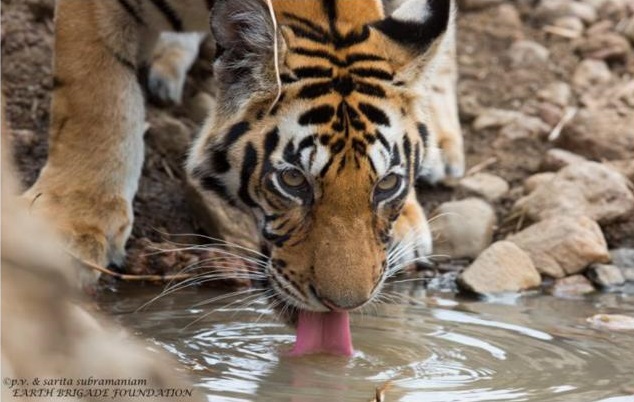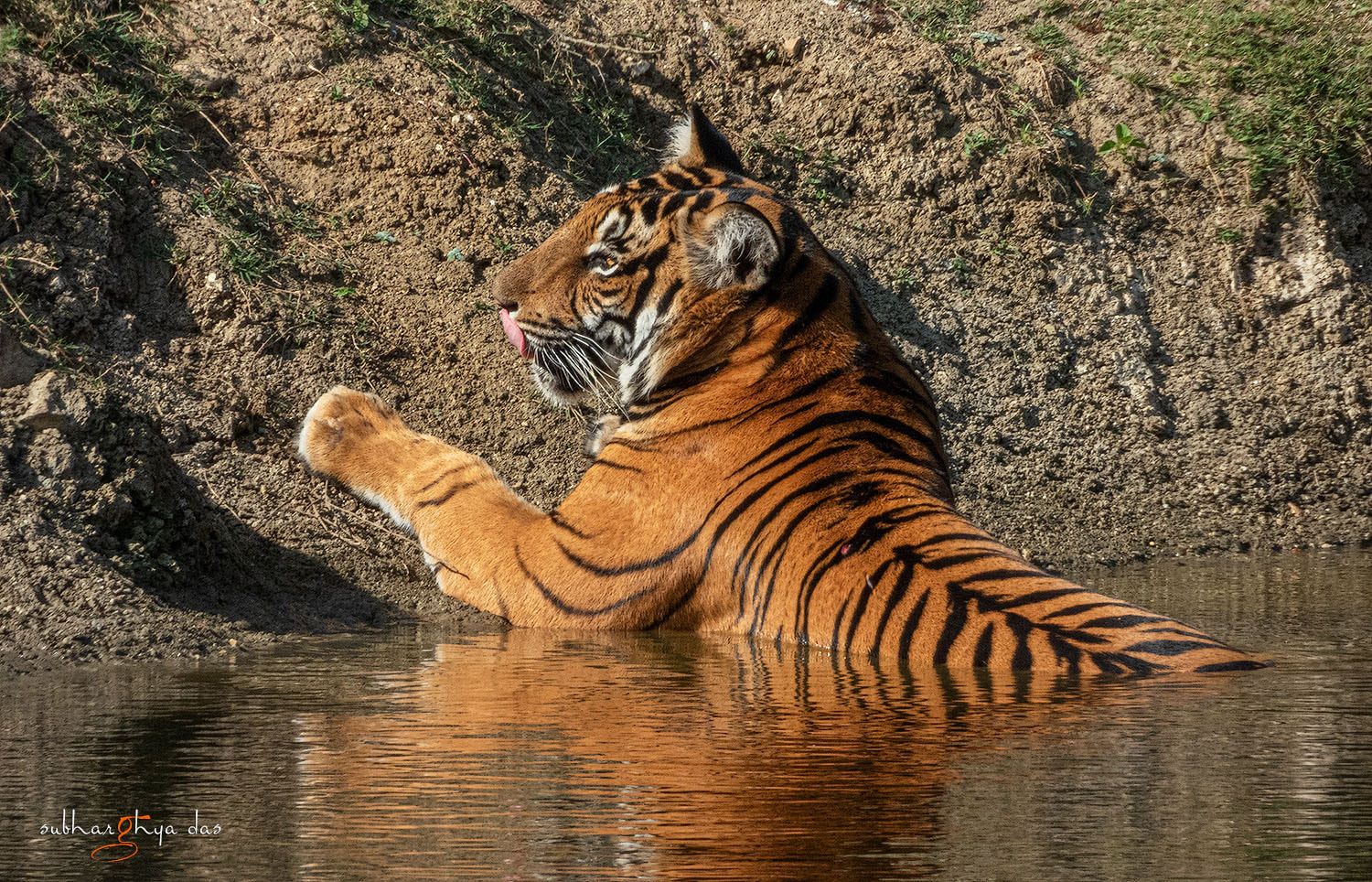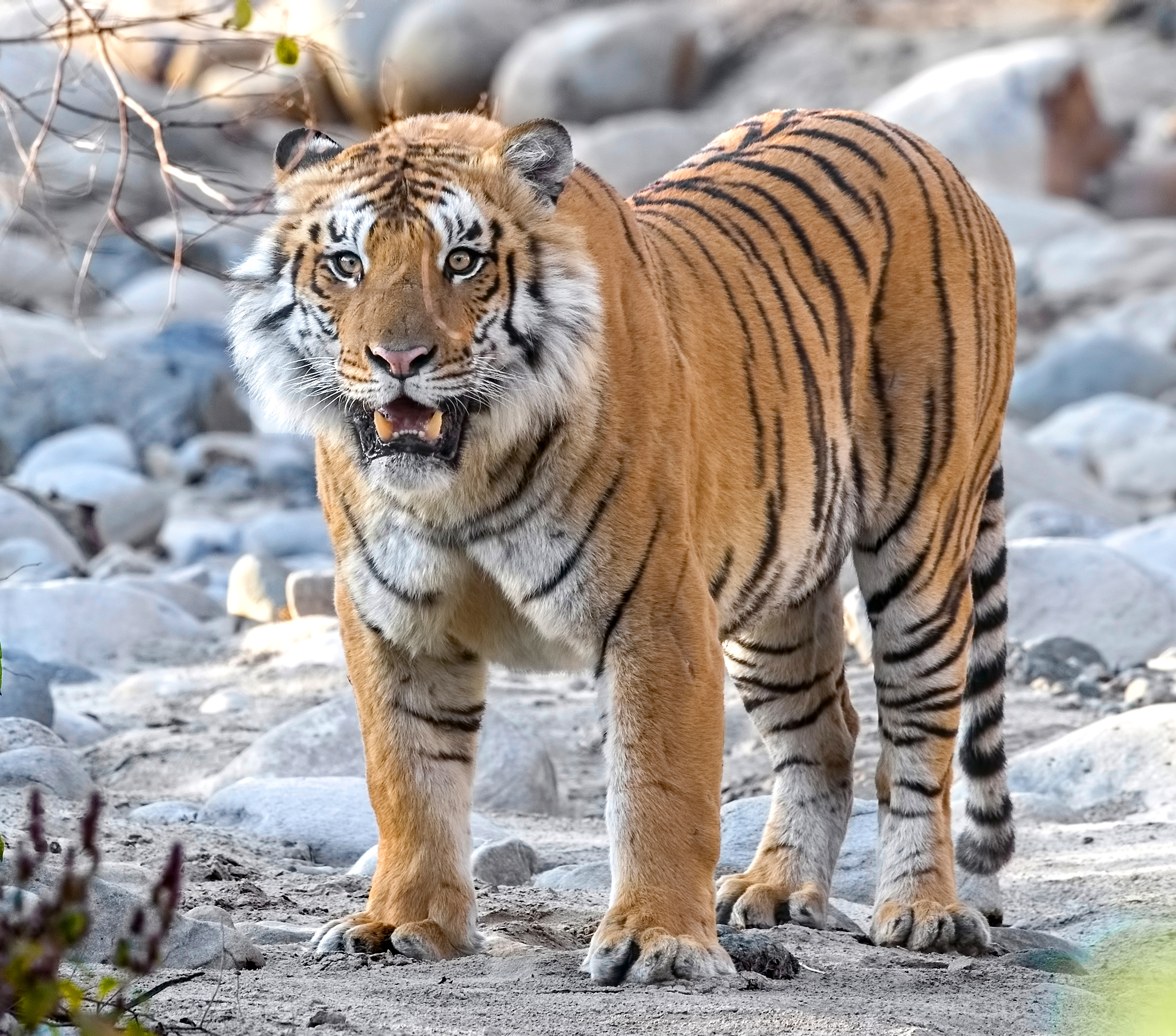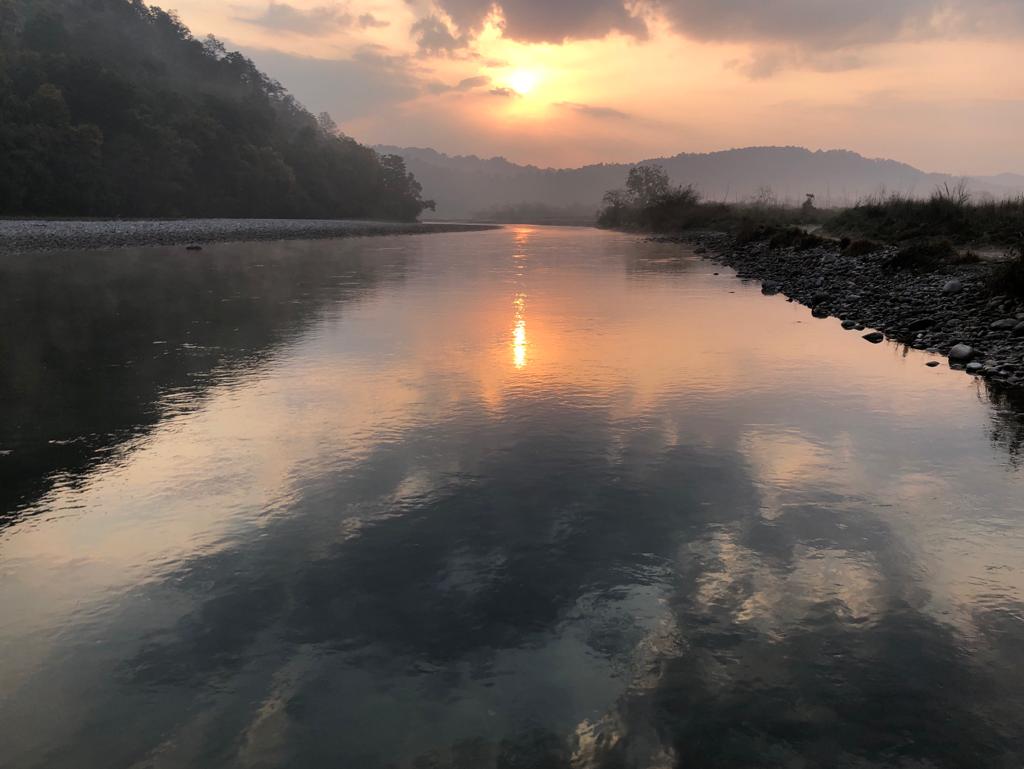Saving Stripes: The Battle for Tiger Conservation in India

Wild, majestic and captivating – the royal Bengal tiger inspires awe with every step, a manifestation of the wild spirit of nature. With 2023 completing 50 years of the launch of Project Tiger, the survival of these animals is now at a critical juncture. Tiger conservation in India must be treated as an urgent priority. Below, we delve into the ongoing efforts, challenges, and triumphs in the battle to protect these magnificent big cats.

WHY DO WE NEED TIGER CONSERVATION EFFORTS?
The important role tigers play in India’s ecosystems cannot be emphasised enough. As apex predators, they help regulate prey populations and maintain the overall health of forests. A thriving ecosystem is the result of a robust population of tigers – their survival is dependent on abundant prey animals and healthy habitats. Conserving the tiger population of a region goes beyond preserving a single species; as the tiger is considered an “umbrella species”, it involves securing the future of countless other plants and wildlife.

CURRENT STATE OF TIGER HABITATS
The loss and fragmentation of habitats is the key challenge faced in tiger conservation, with urbanisation, deforestation, and illegal encroachments significantly reducing tiger territories. And this shrinking of their habitats does exactly what you’d imagine it would – tigers are increasingly coming into conflict with human settlements, leading to incidents of human-wildlife conflict. That’s not where the trouble ends for the tiger; poaching remains a persistent threat, driven by the demand for tiger body parts in traditional medicine and luxury markets.

GOVERNMENT & NGO INITIATIVES
One of the most important initiatives by the Indian government focusing on tiger conservation has been Project Tiger, which was launched in 1973. A comprehensive conservation program that aims to protect tiger habitats across the country and reduce threats to the survival of these animals. The program has been fruitful, having helped to increase the tiger population in India by over 500%.
Other steps taken to protect tigers include:
- Establishing more tiger reserves
- Collaborations with NGOs and conservation organisations
- Increasing funding for tiger conservation
- Working with local communities to reduce human-tiger conflict
- Cracking down on illegal wildlife trade
Protected tiger reserves and national parks, such as the famous Jim Corbett National Park and Bandhavgarh National Park, have provided essential sanctuaries for tigers. The 2023 tiger census estimated that there were 3,167 tigers in India in 2022, an increase of 200 or 6.7% from the 2018 census.

Depletion of Food Sources
Drastic changes in temperature are altering the habitat for Siberian tigers in Russia and China, as pine forests give way to fir and spruce trees. This means less prey for tigers that mainly hunt in pine forests. Fewer than 600 Siberian, or Amur, tigers remain, and they may possibly go extinct by the end of the century.

Rising Conflict
As prey animals move into village areas to graze on crops, the tigers follow them, leading to human-wildlife conflict. Traps set by villagers endanger the lives of these animals. The hunt for food also results in farm animals being taken by tigers and other predators, leading to further animosity among humans.
With shrinking habitat and food scarcity, tiger-tiger conflict also rises. Tigers are territorial animals and so when their territories are threatened, fierce fights ensue.
When the tigers and their prey have accessible water sources, the risk of conflict is greatly reduced, better ensuring their survival.

Rising Sea Levels
The mangrove forests of the Sunderbans are home to the endangered Royal Bengal Tiger. According to the report in the Journal Science of The Total Environment by Australian and Bangladeshi researchers, 70% of the land is just a few feet above sea level. The study says that by 2070, the remaining tiger habitats in the region will be completely wiped out. The rise in sea-level rise may have a substantial negative impact on tiger habitats in this low-lying area.
In 2010, a study by the World Wide Fund for Nature predicted that a sea level rise of 11 inches could lead to a decline in the number of tigers in the Sundarbans by about 96% within the coming decades.
Studies show that rising sea levels cause salt water to migrate into fresh water, contaminating water bodies that are the primary source of drinking water for wild animals, including tigers. Tigers must find new freshwater sources and move to higher ground, escalating conflicts with communities living there.
Project Aquarius – A Water for Wildlife Initiative
Project Aquarius, our Green Brigade project, aims to reduce the problem of water scarcity for wild animals. If tigers have an adequate supply of drinking water at accessible locations, it can benefit them in numerous ways, from helping them stay in the best of health to reducing the possibility of human-animal conflict by ensuring that they do not stray out of their habitats and into human settlements in search of water.
We need all the help we can get to keep Project Aquarius going strong and doing our bit for wildlife conservation in India – get in touch if you’d like to support us!
EARTH BRIGADE FOUNDATION:
Email: director@earthbrigadefoundation.org
